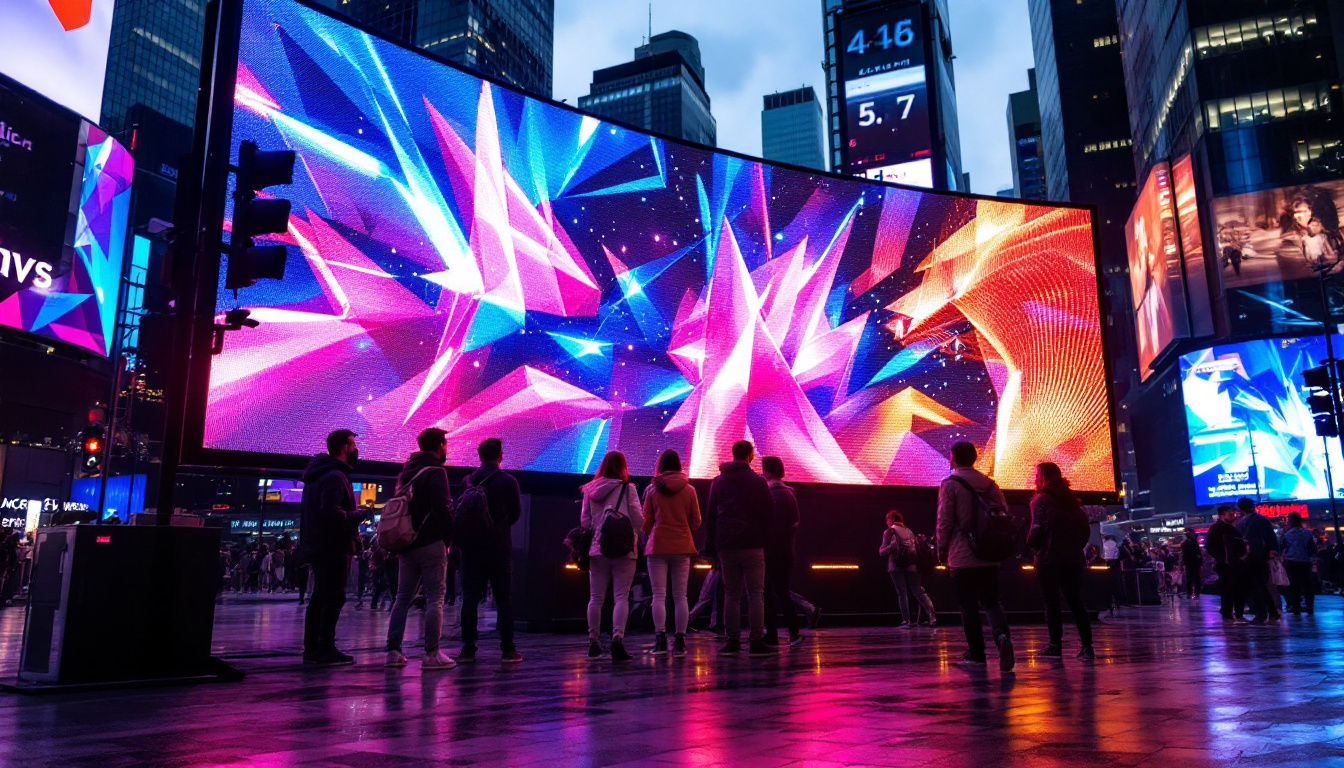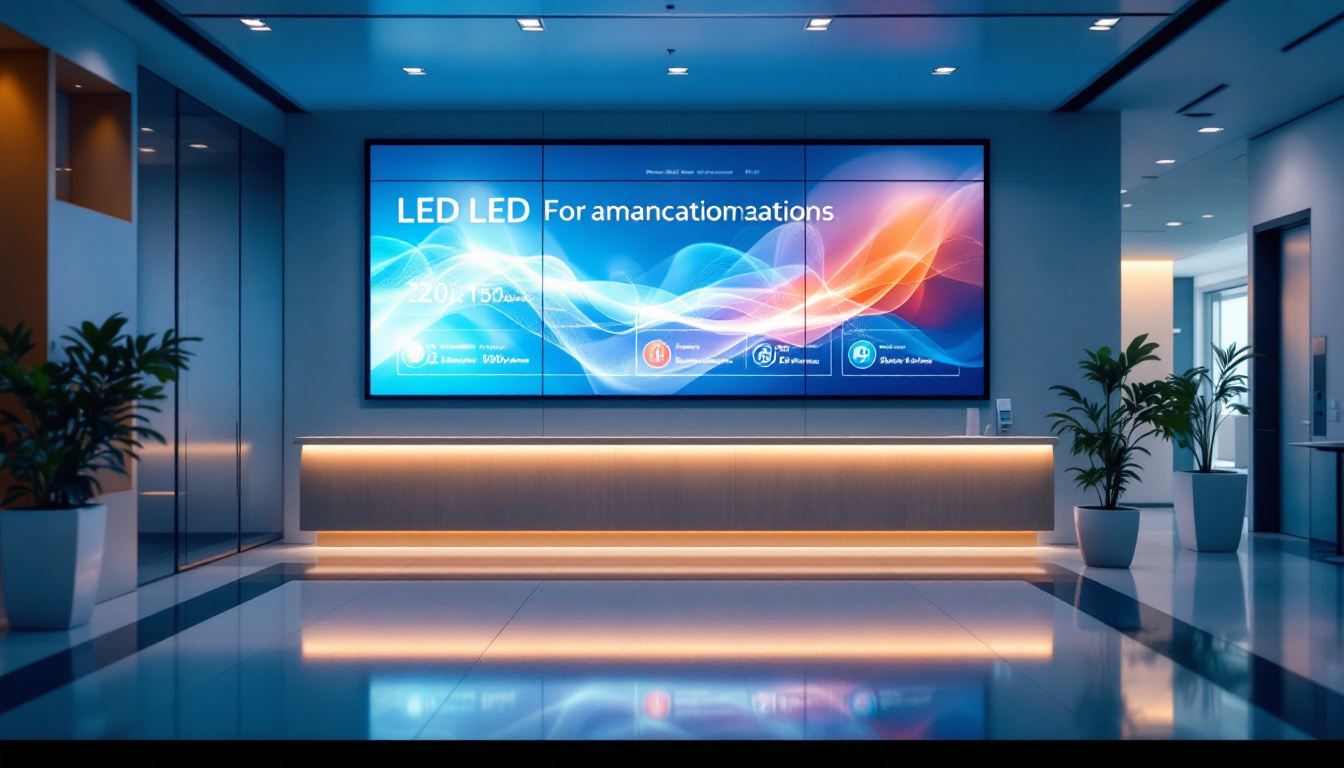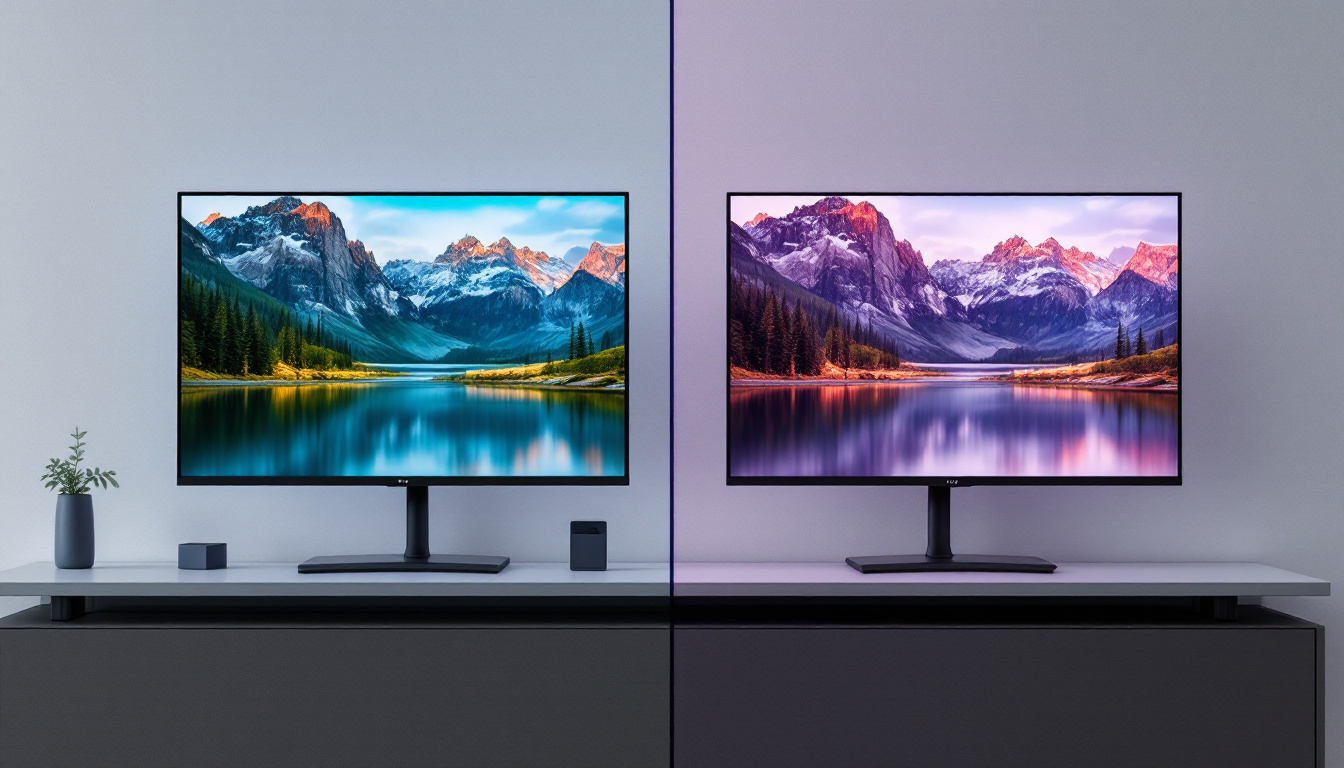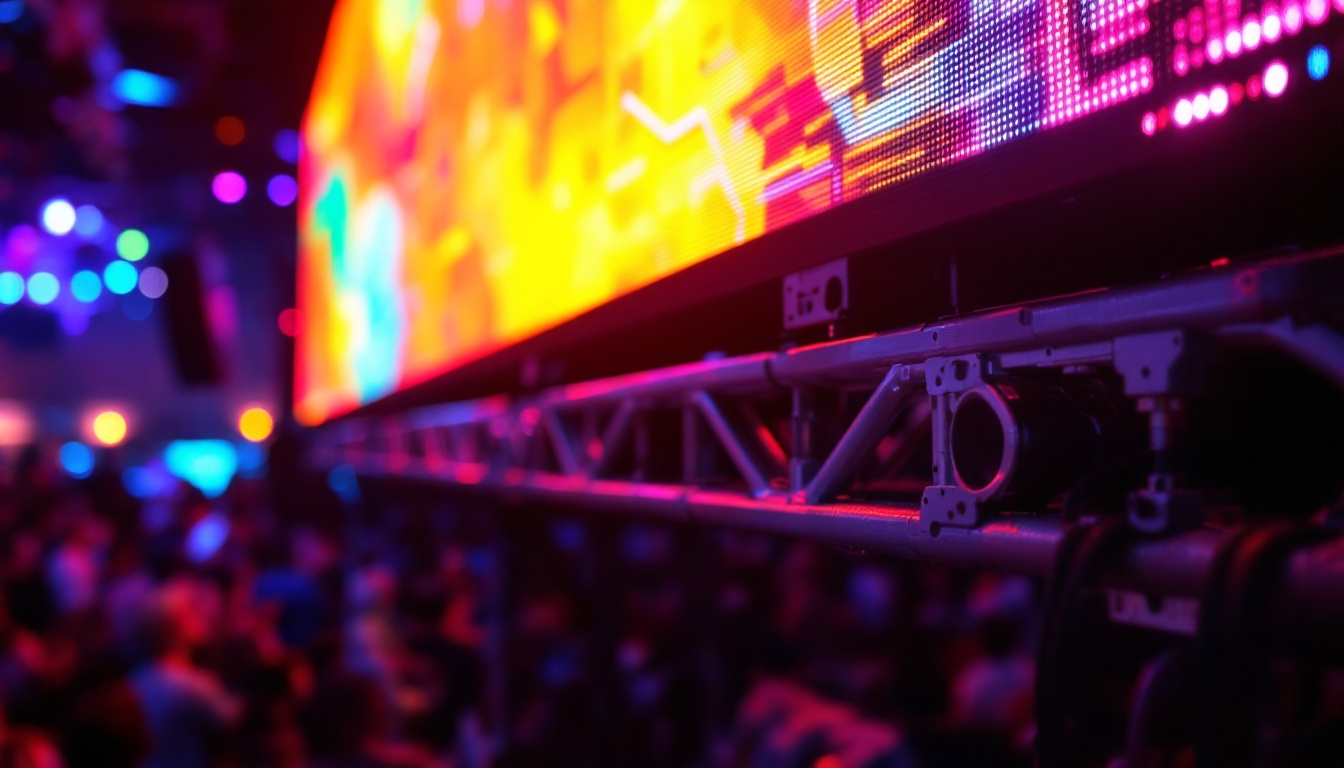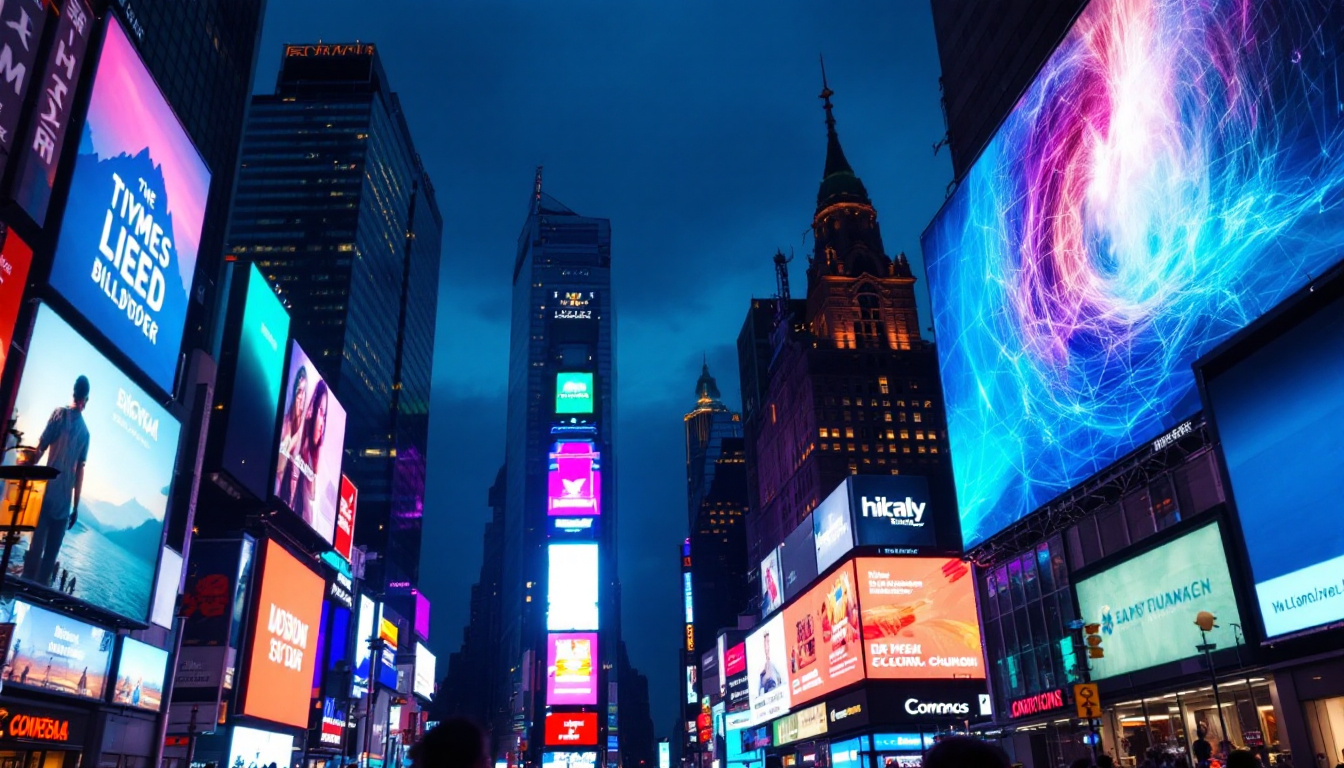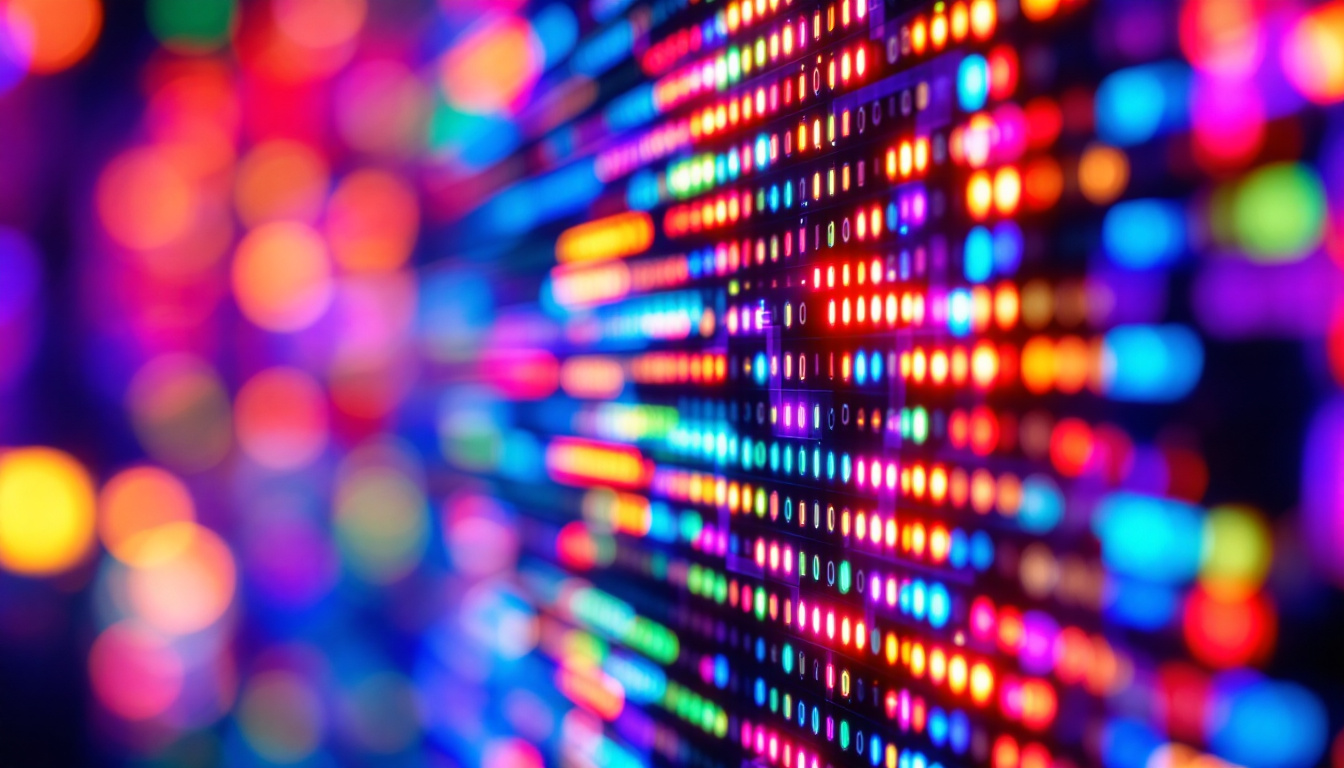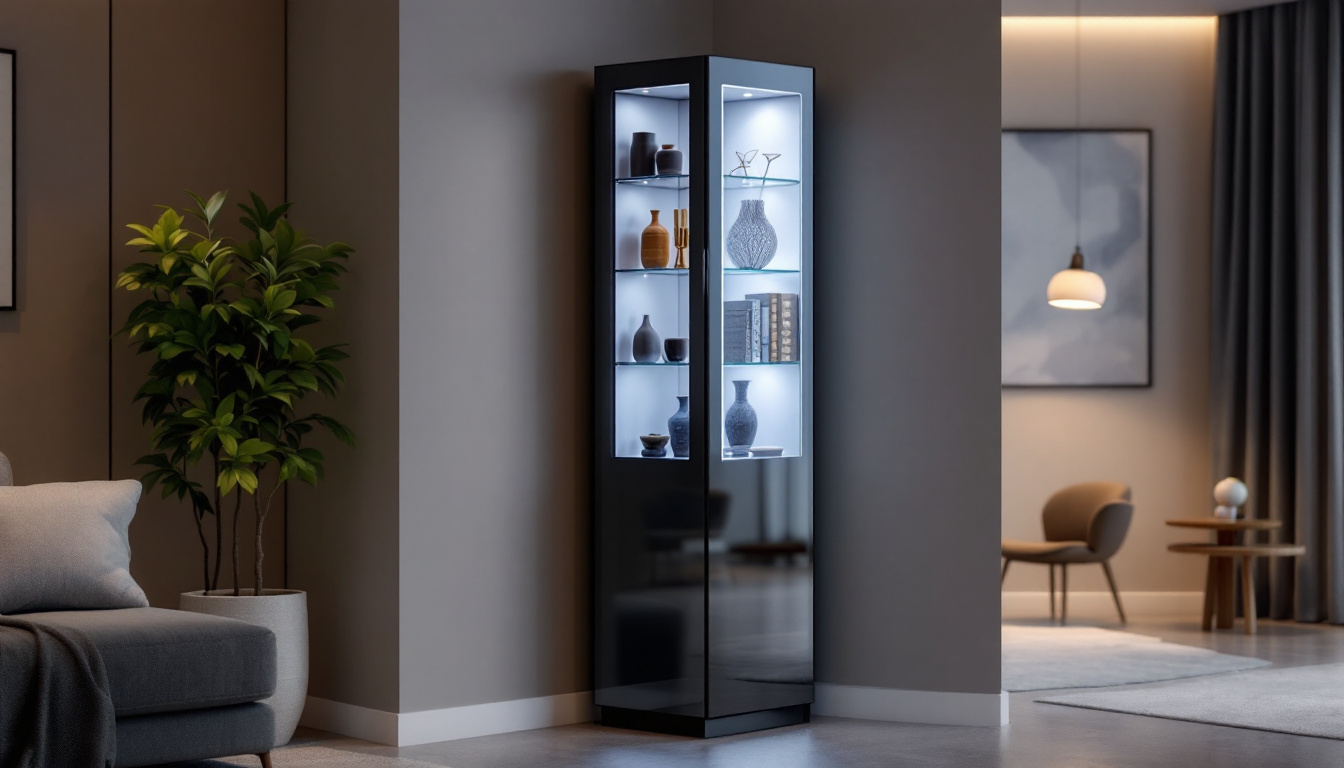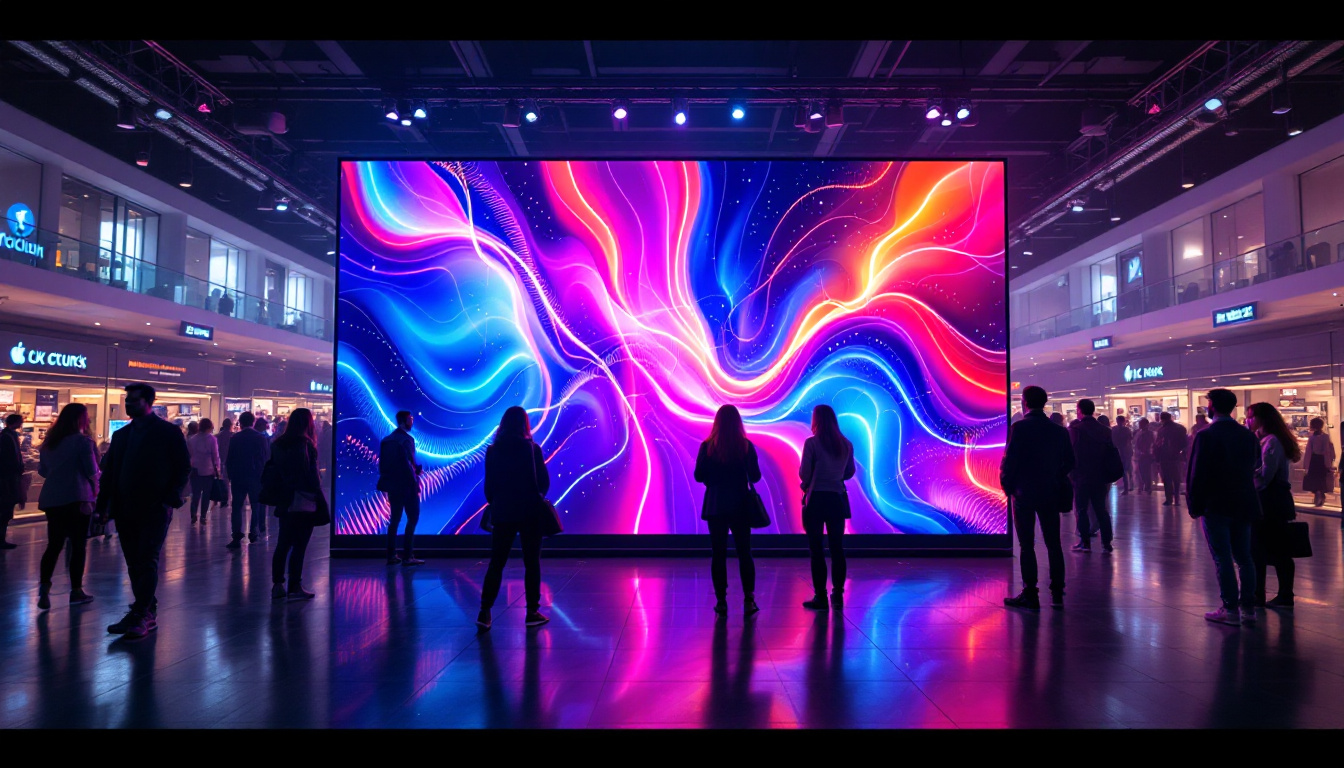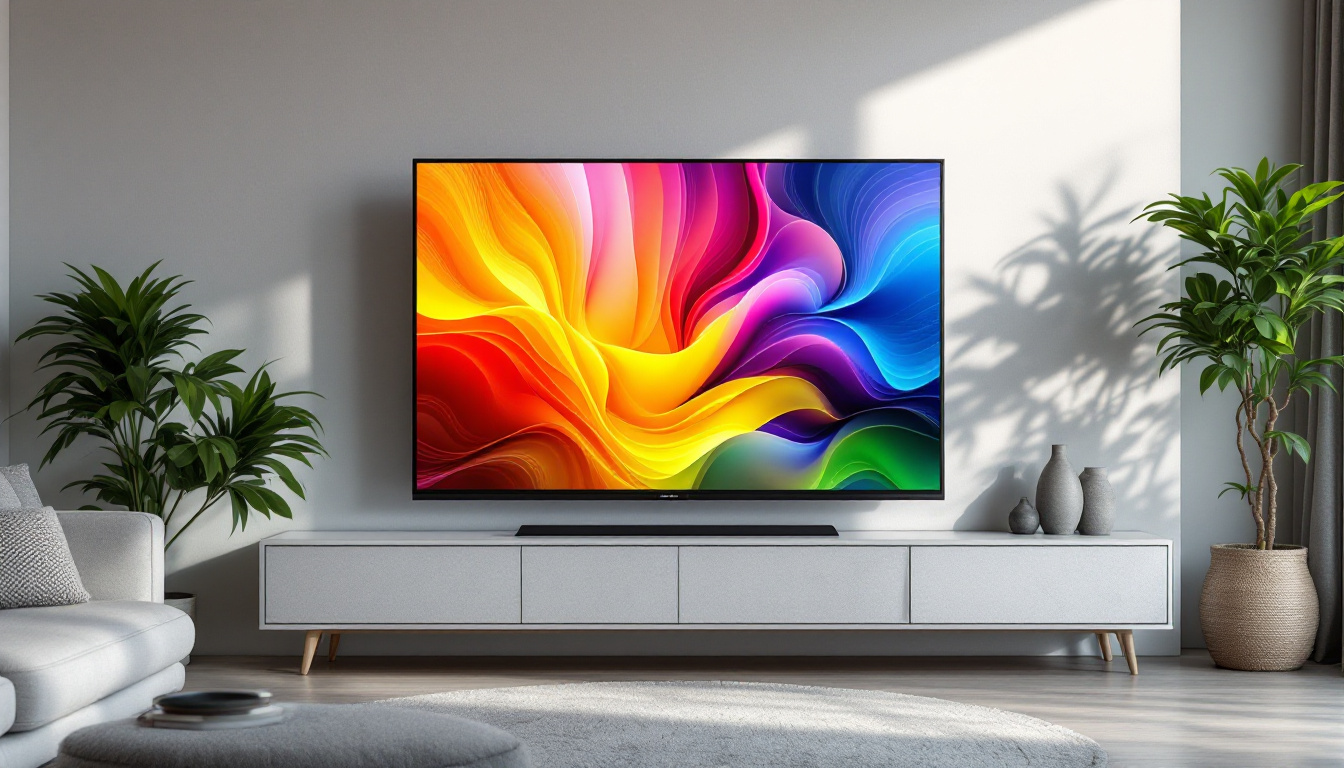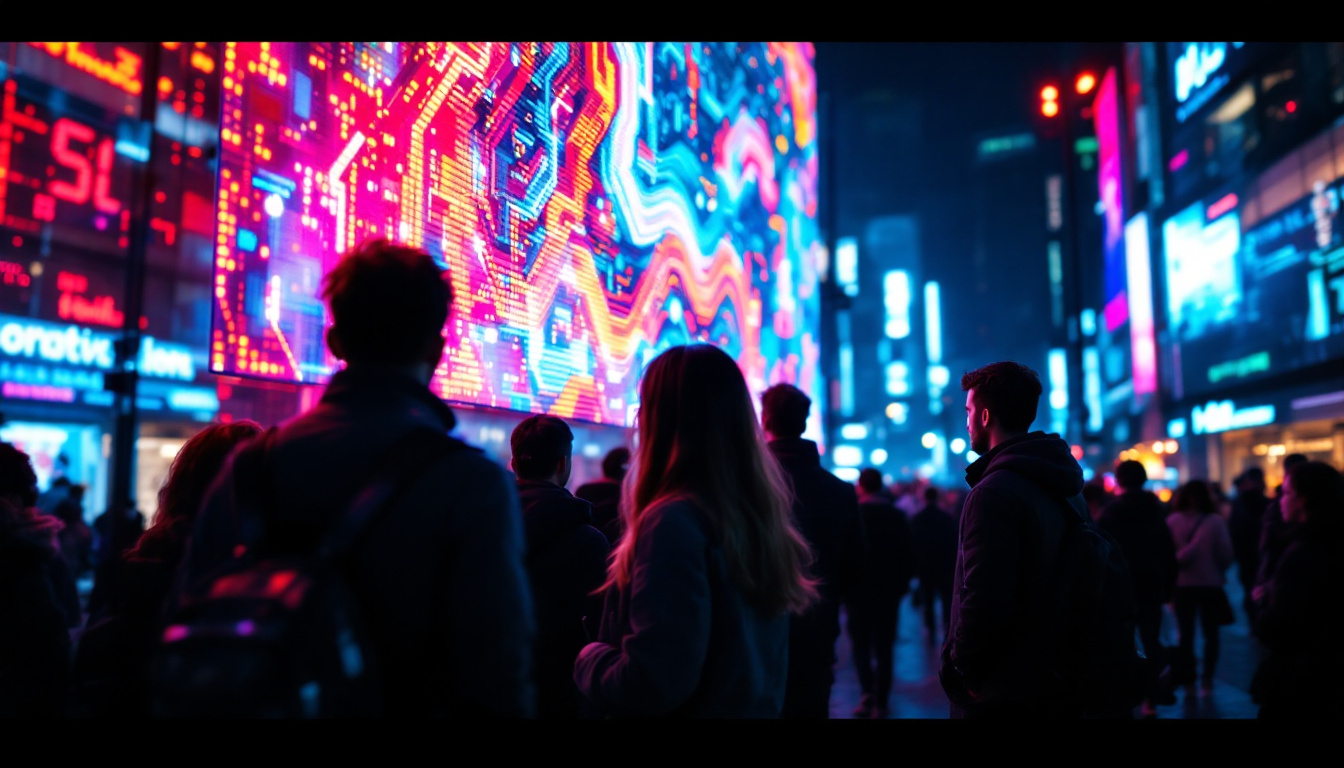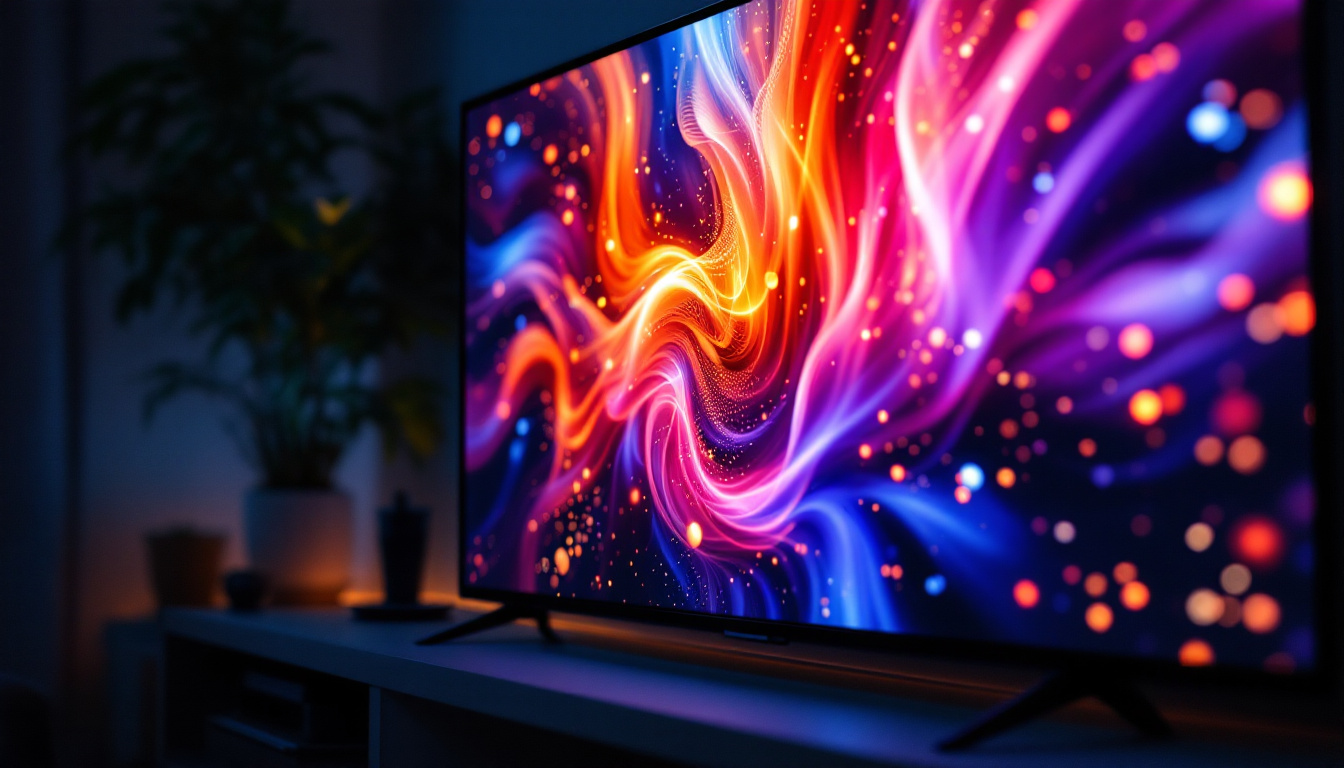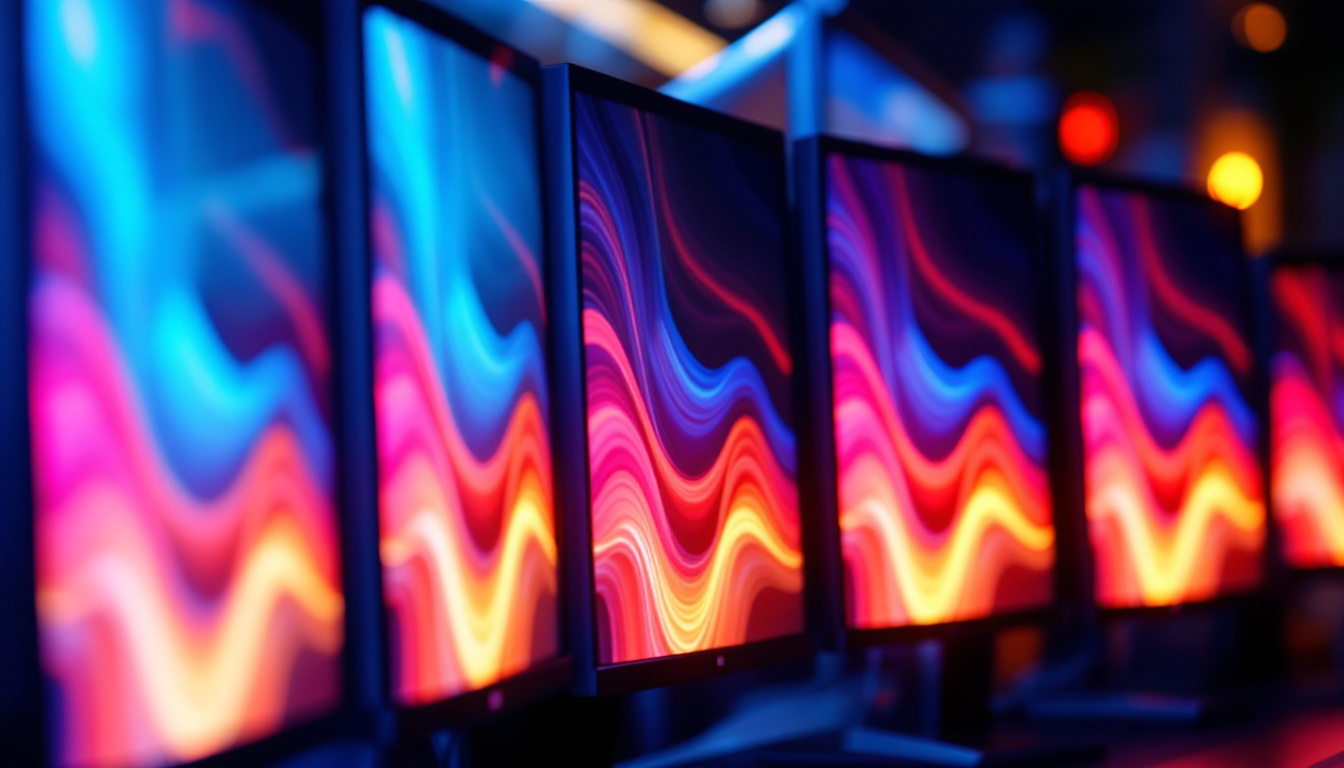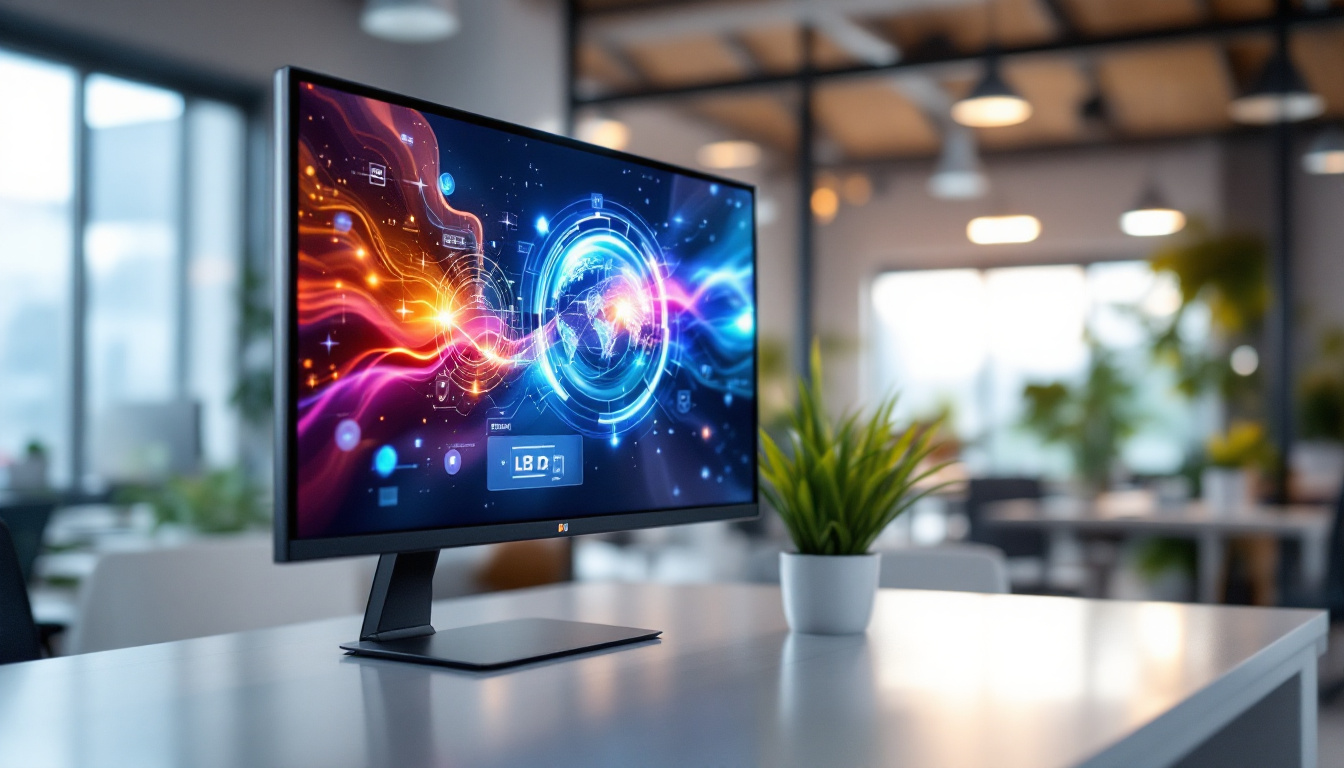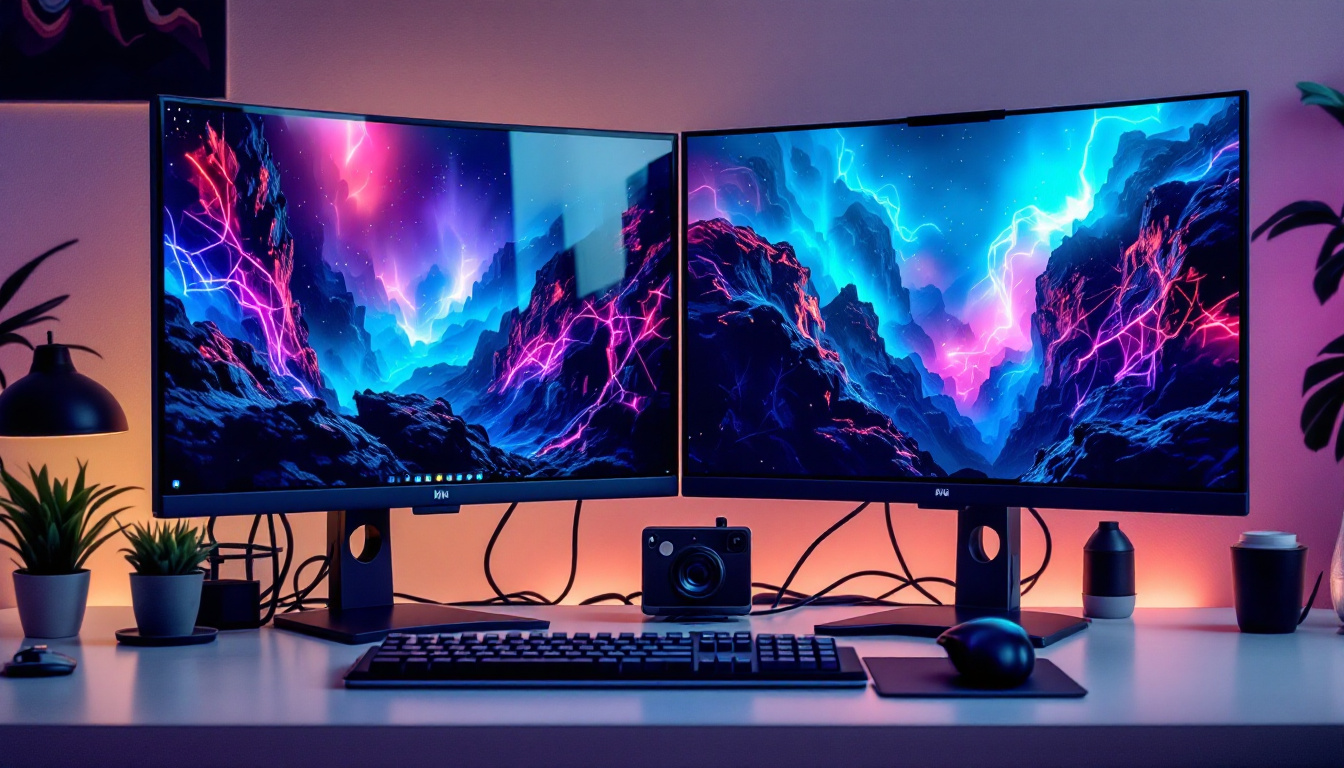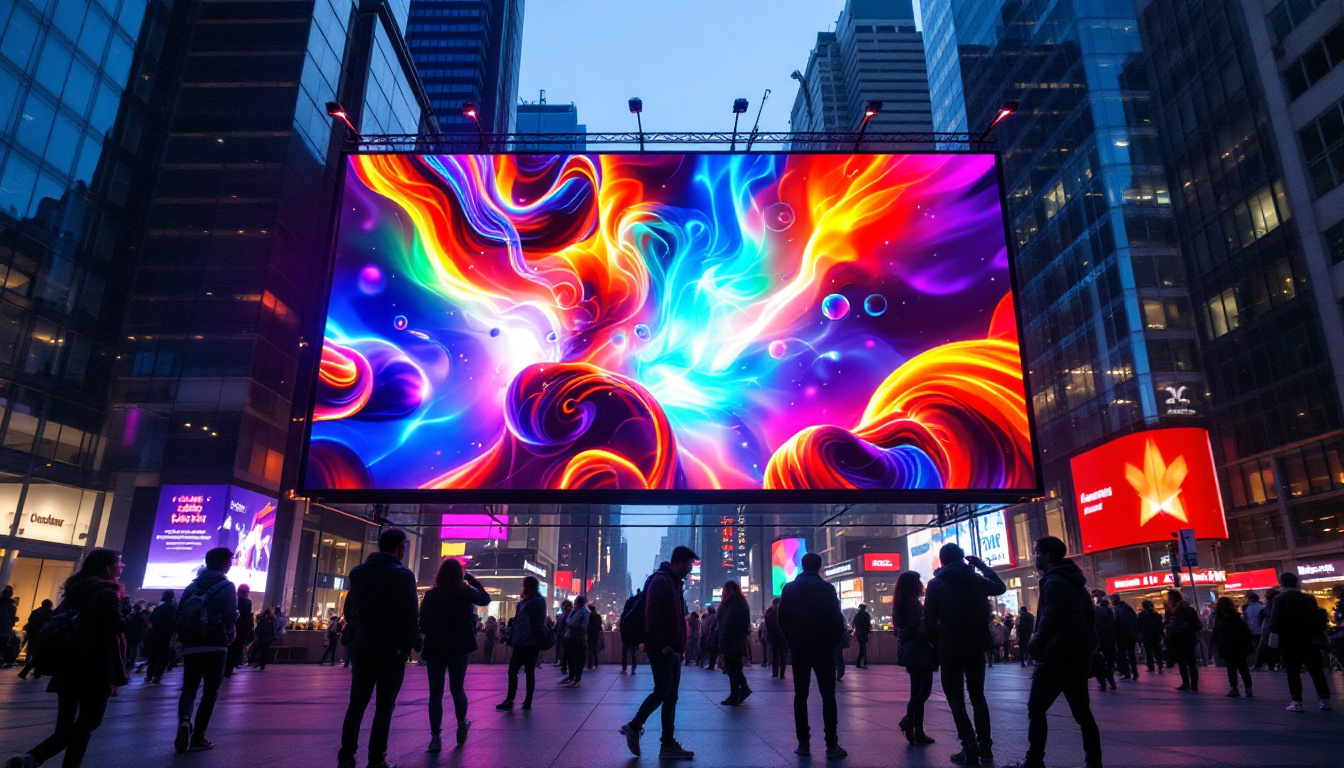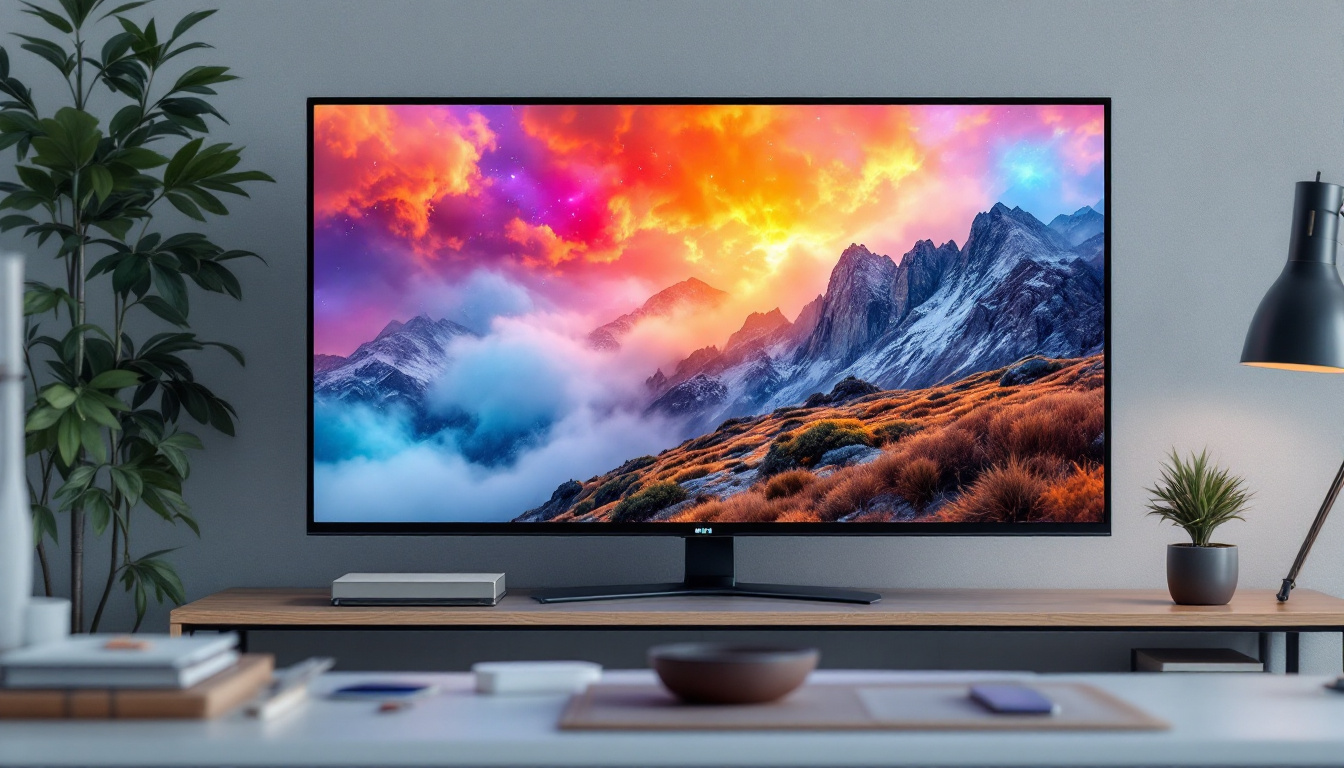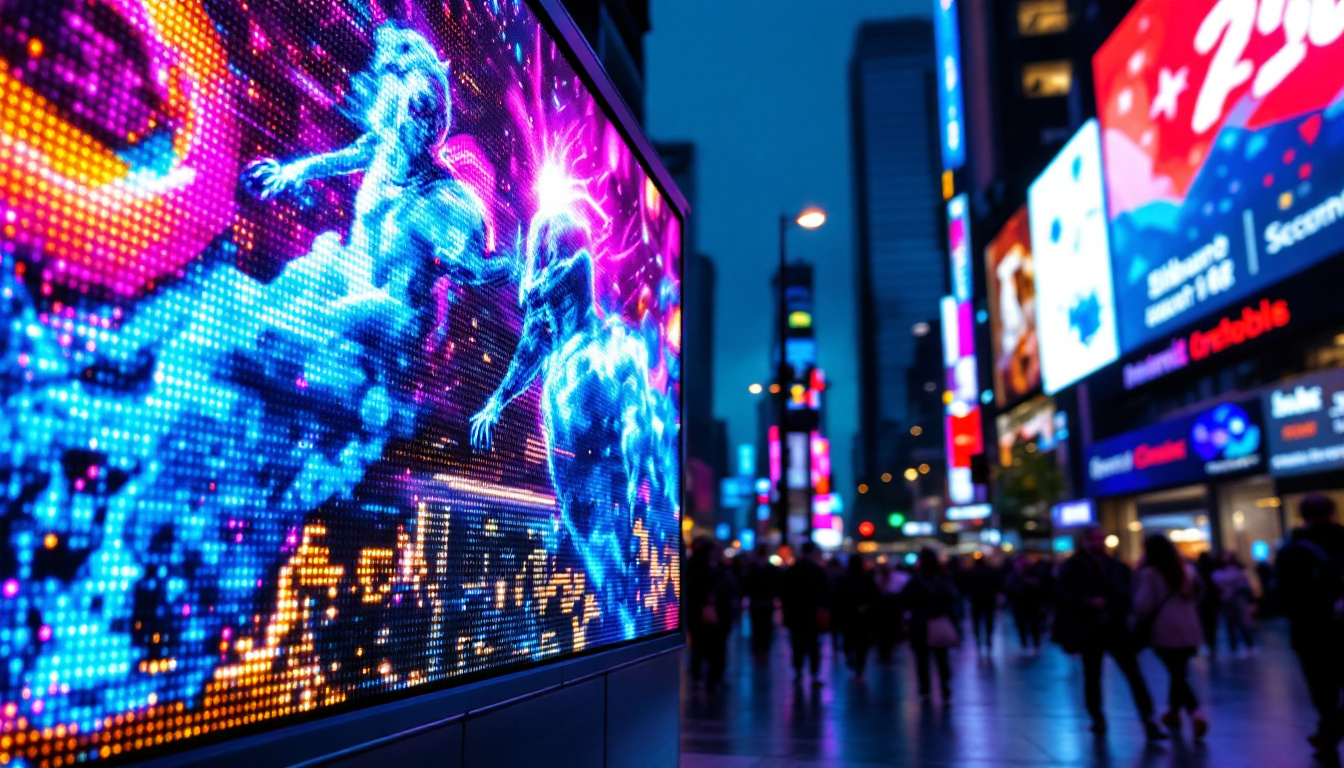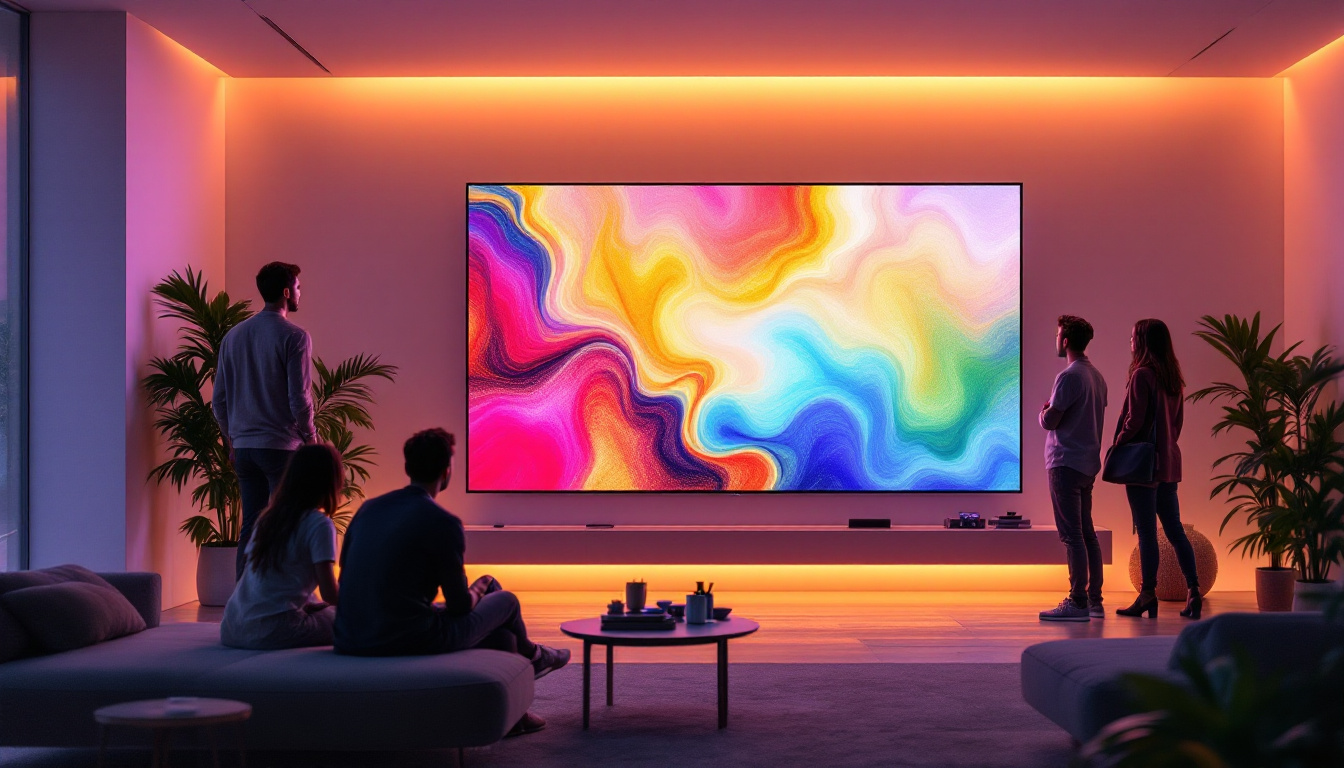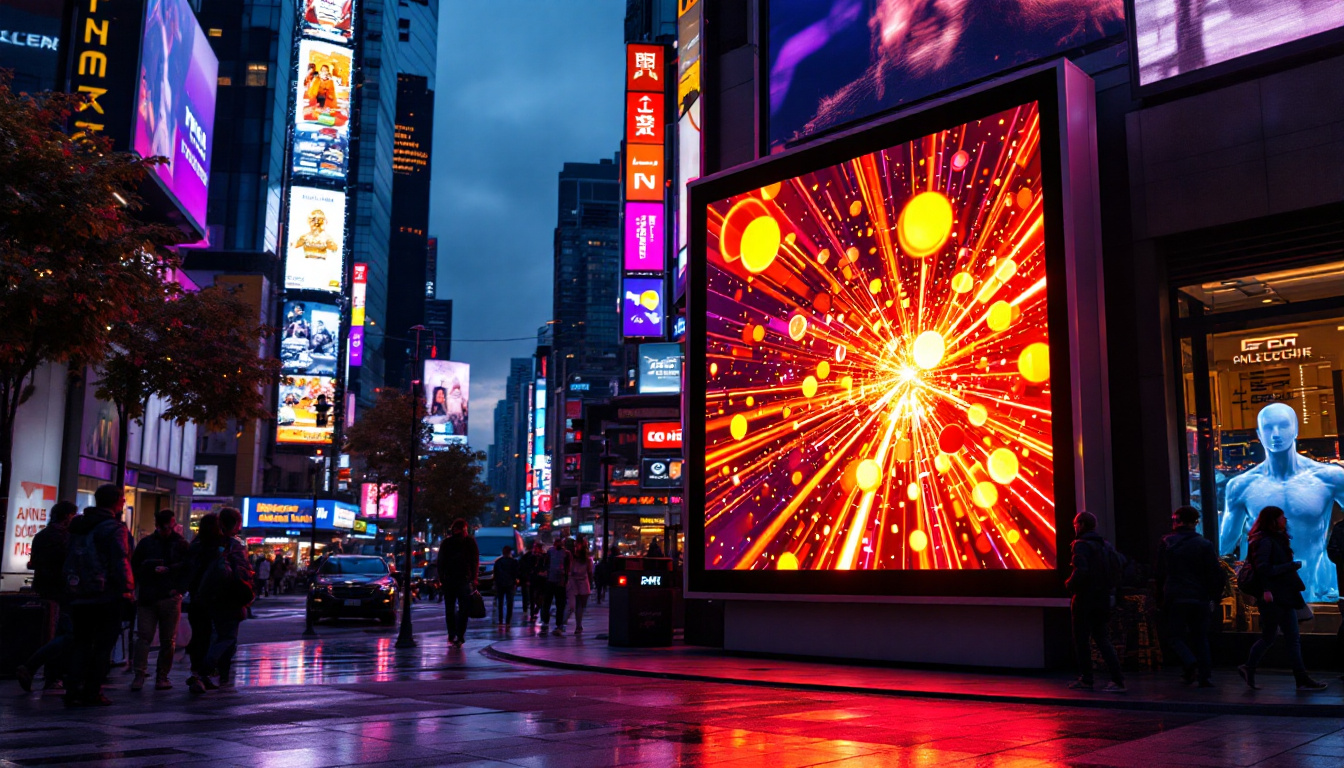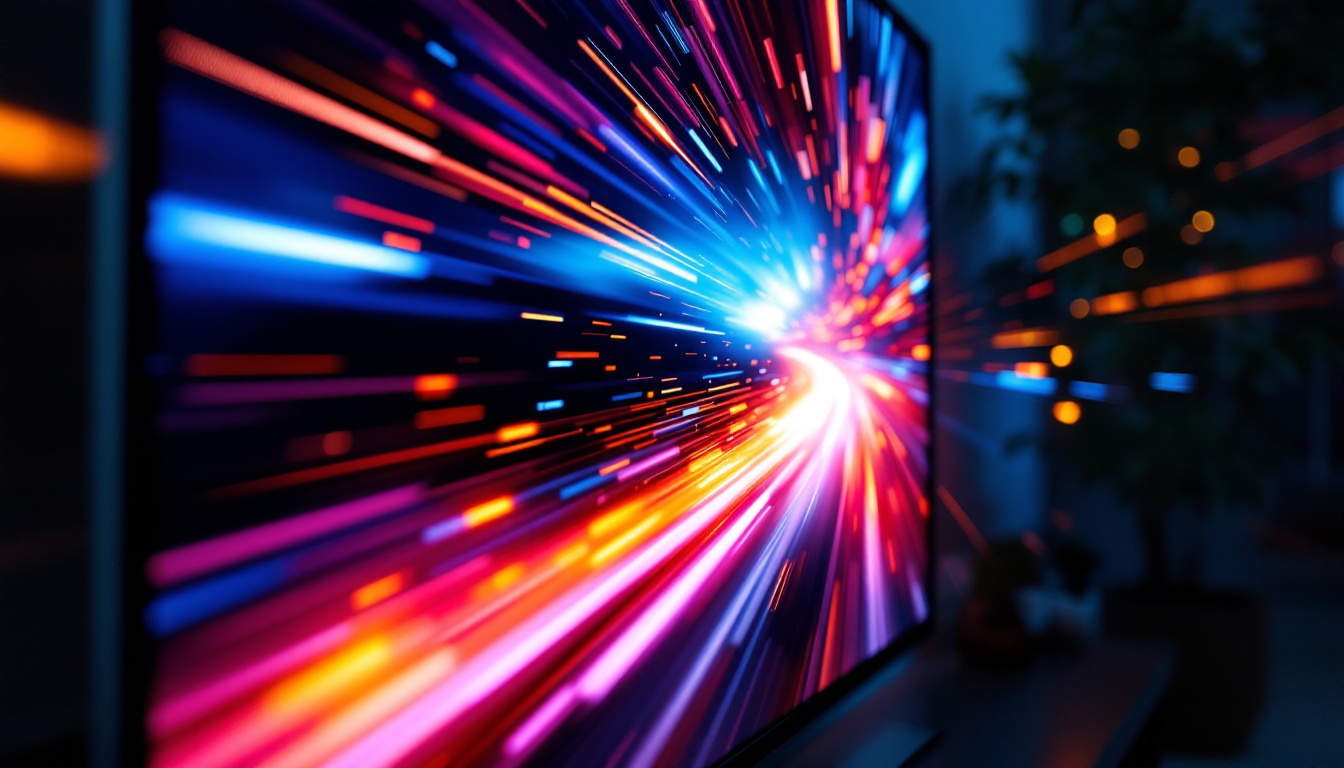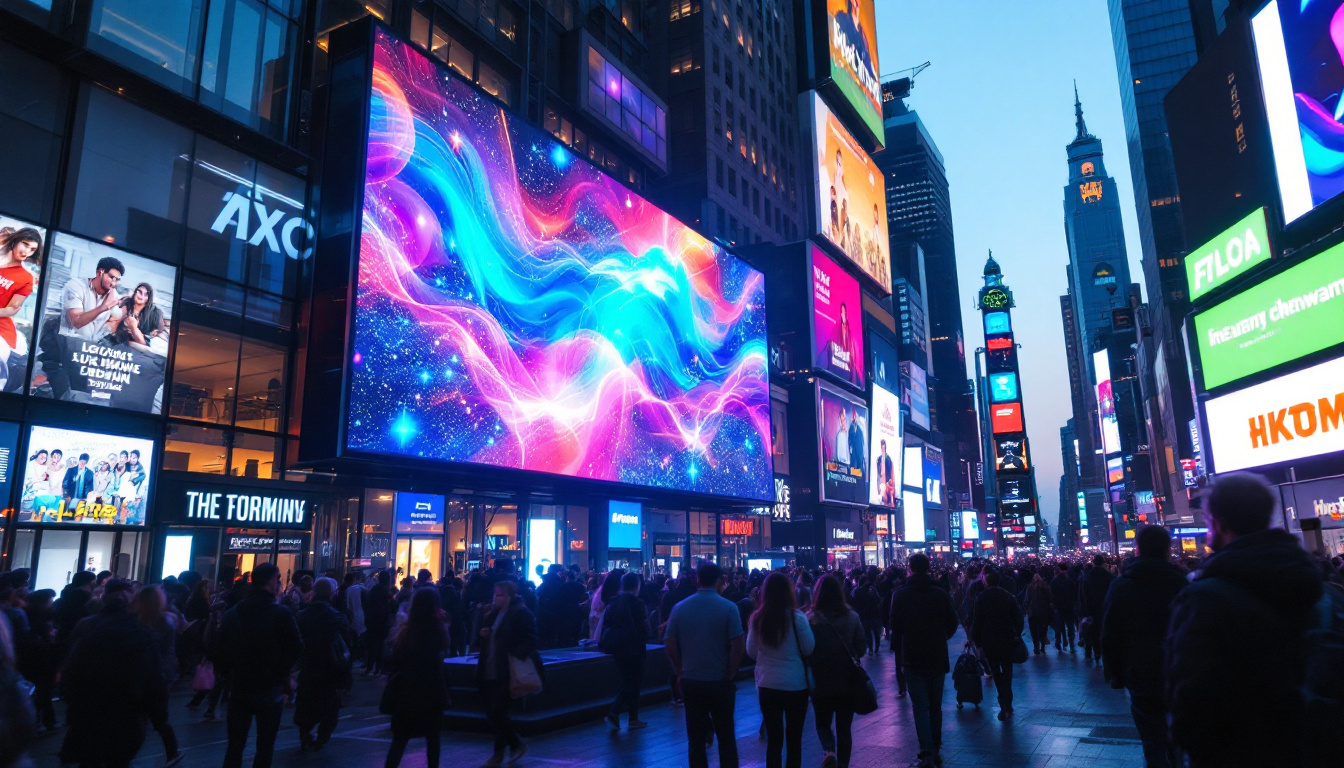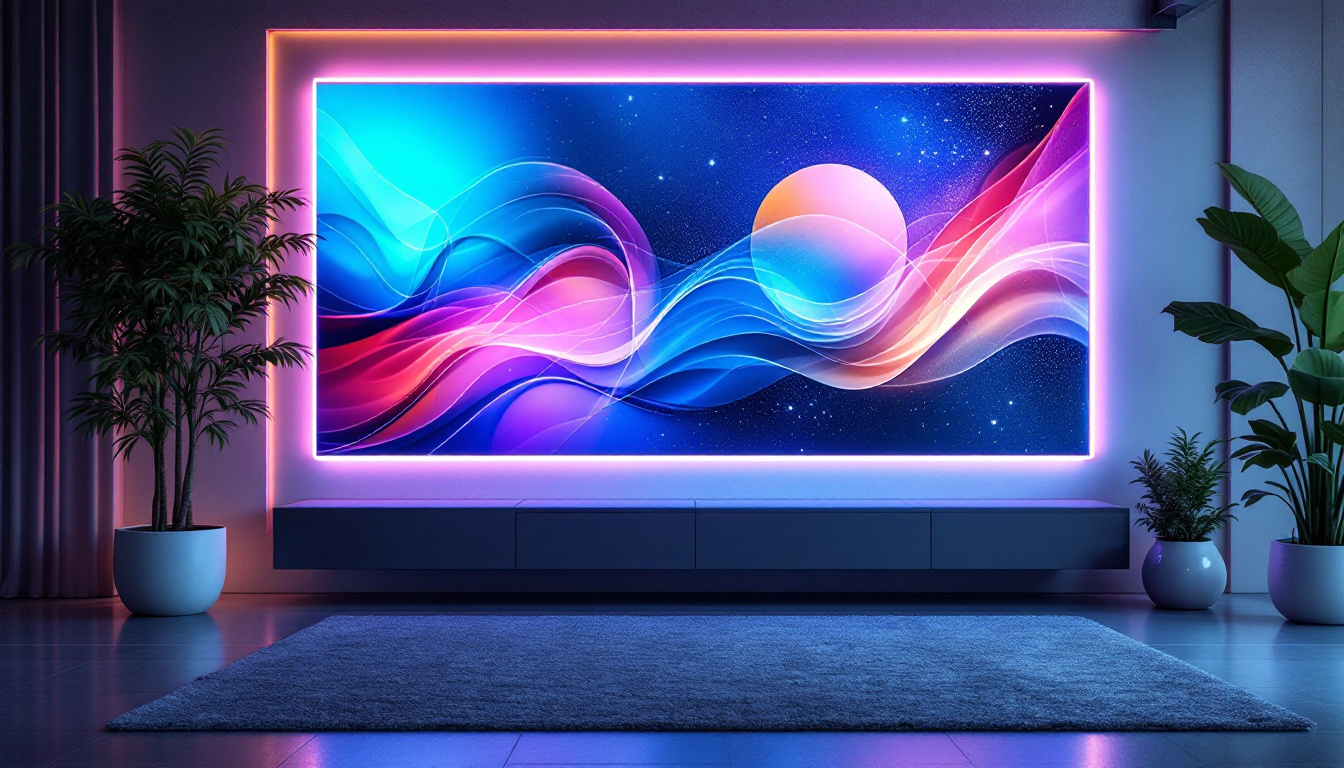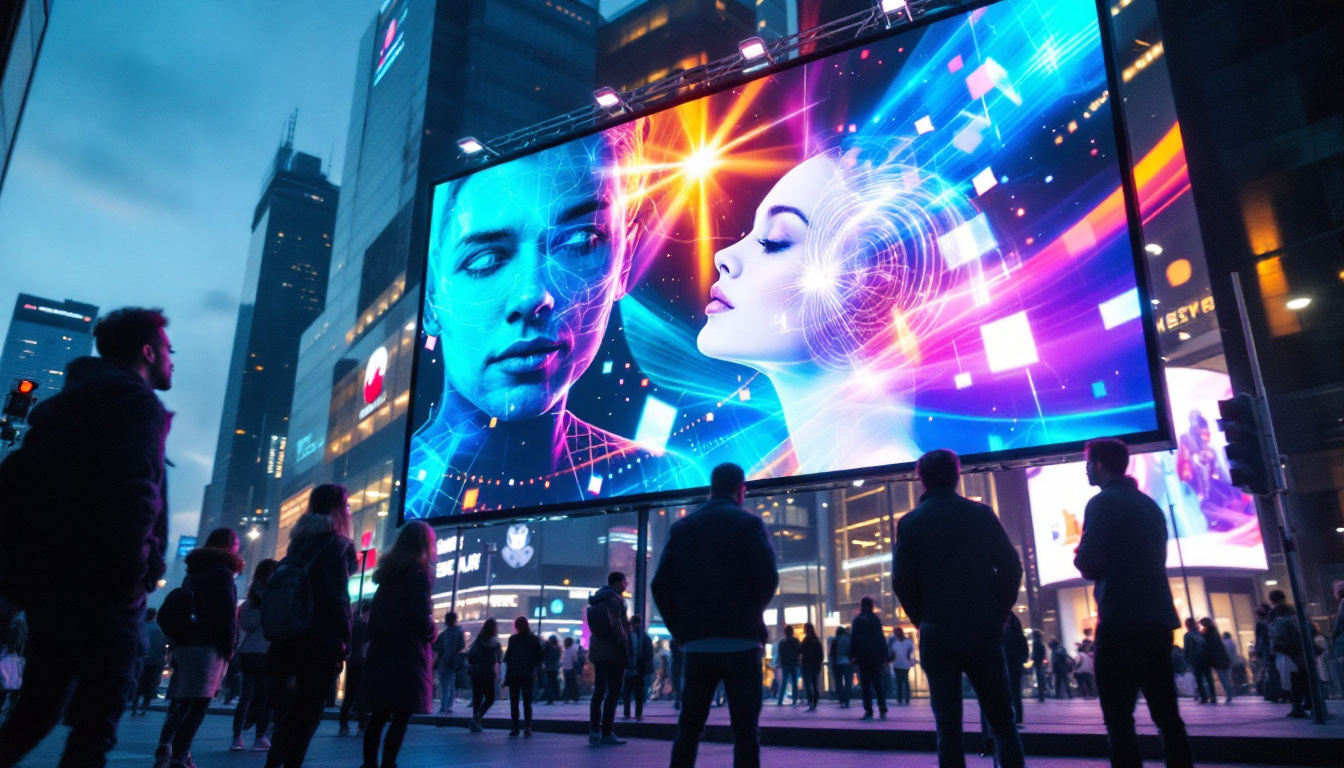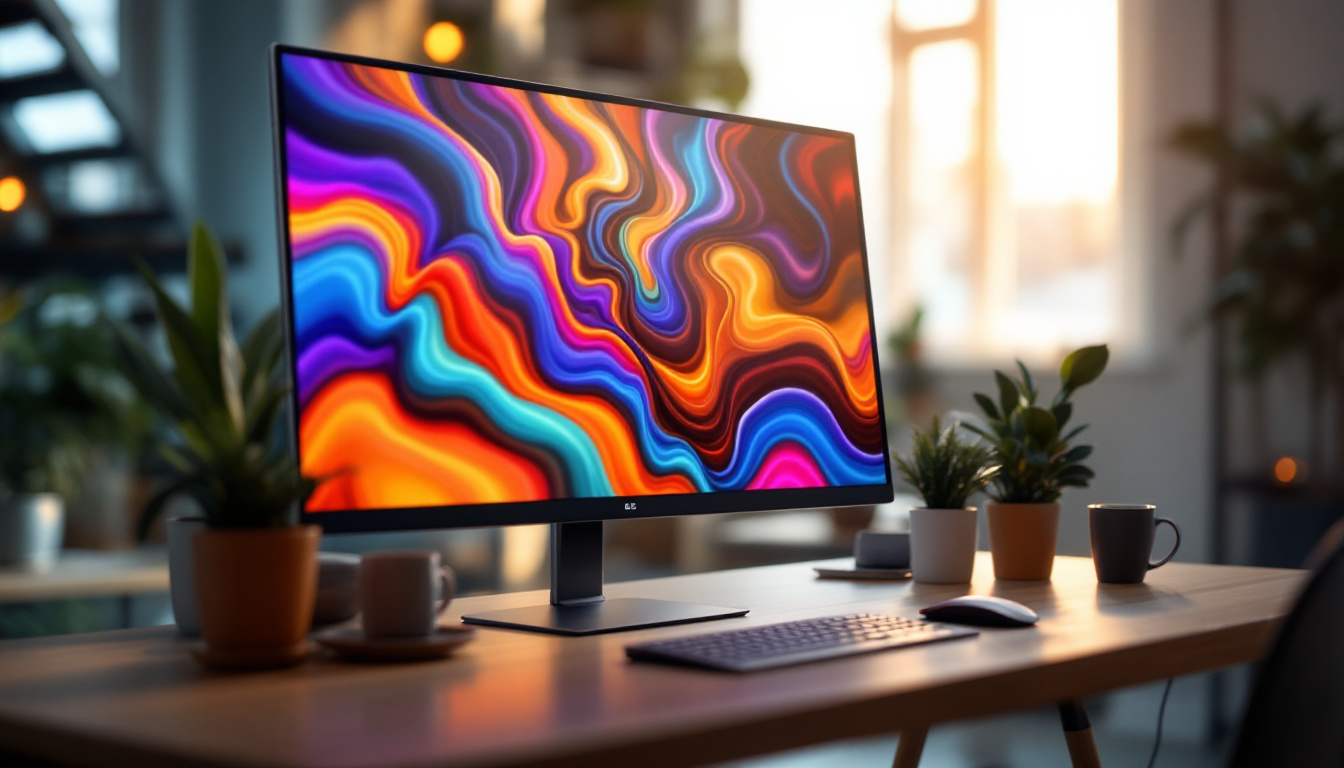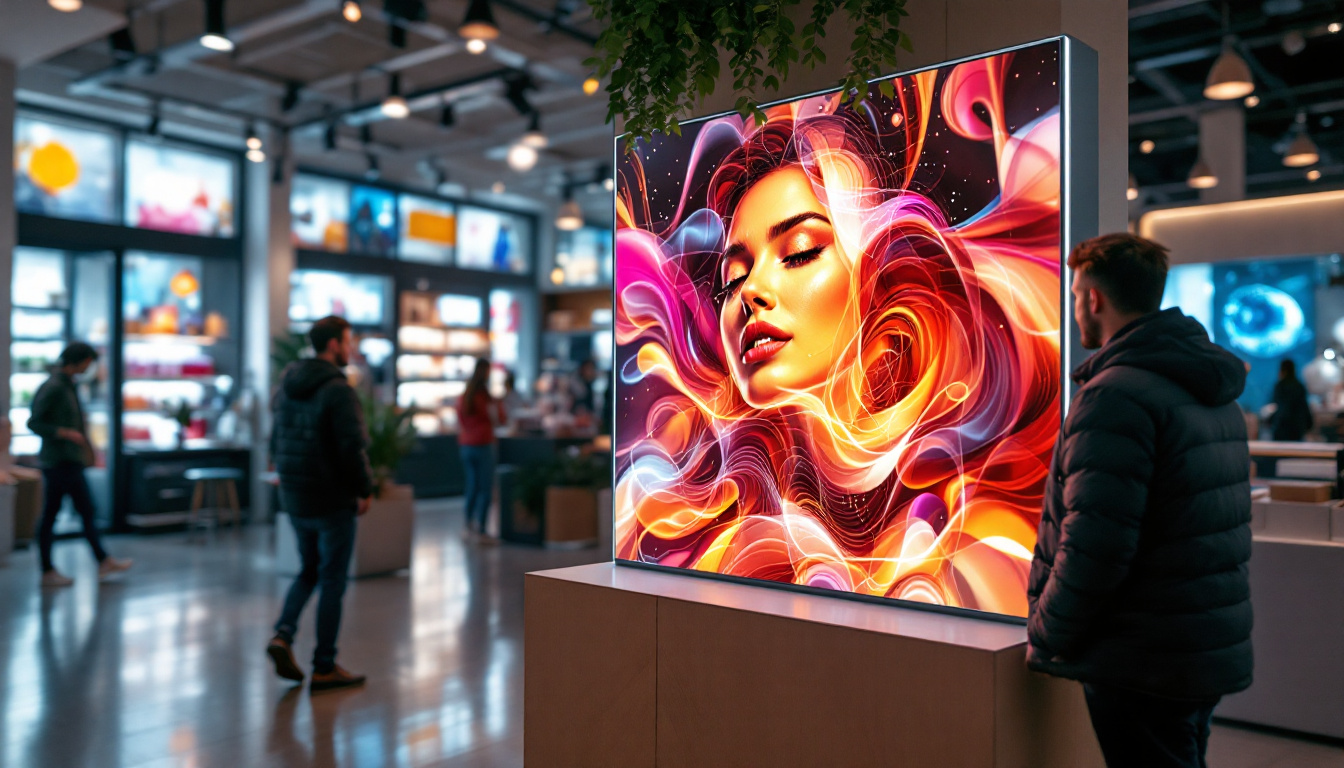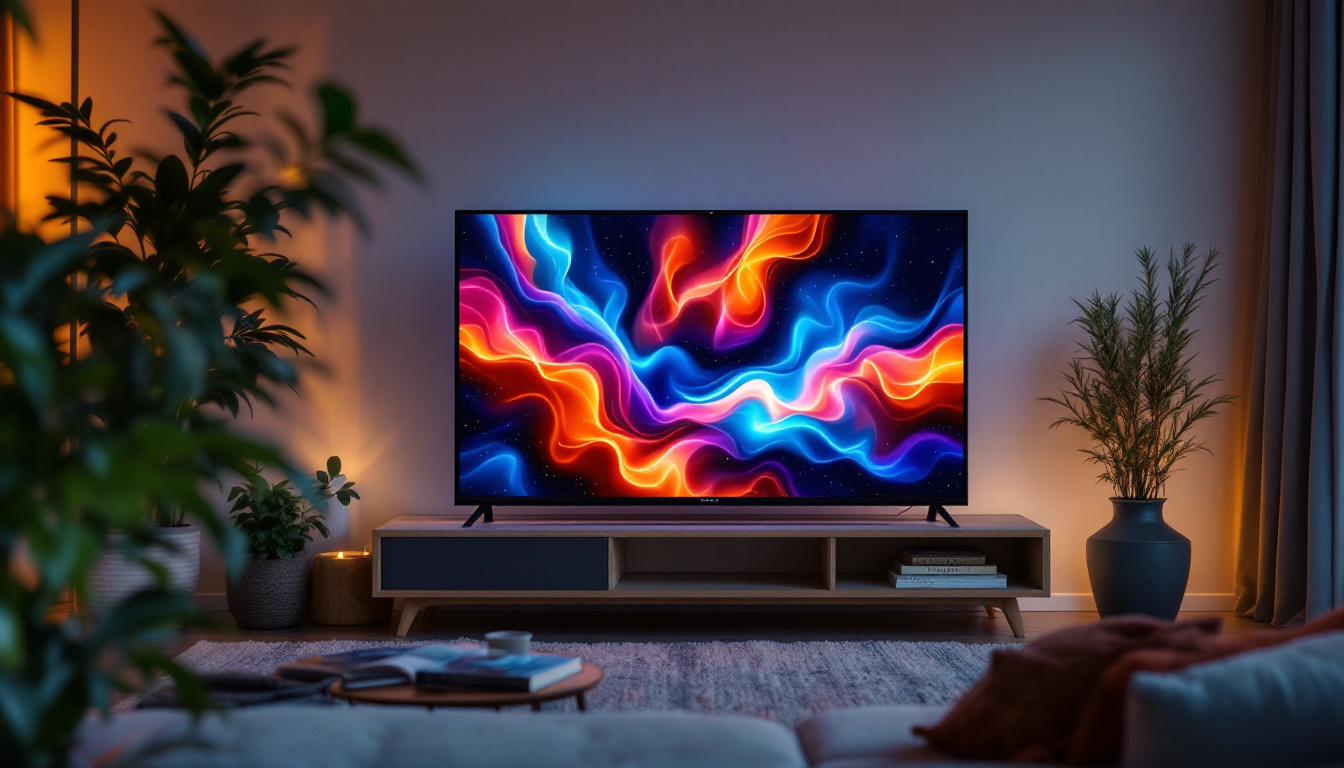In the world of visual technology, LED displays have revolutionized how information is presented, particularly in high-traffic areas such as stadiums, shopping malls, and concert venues. Understanding the concept of image pitch is crucial for anyone looking to invest in or utilize LED display technology. This article delves into the intricacies of image pitch, its significance, and how it impacts the overall viewing experience.
What is Image Pitch?
Image pitch refers to the distance between the center of one pixel to the center of an adjacent pixel on an LED display. It is typically measured in millimeters and is a critical factor in determining the resolution and clarity of the display. A smaller image pitch indicates a higher pixel density, which generally translates to a sharper image quality. This measurement is essential not only for manufacturers but also for consumers who want to ensure that they are investing in a display that meets their needs for clarity and detail.
Understanding Pixel Density
Pixel density is a vital concept in the realm of LED displays. It is defined as the number of pixels per unit area, often expressed in pixels per square meter. Higher pixel density results in more detailed images, making it ideal for applications where clarity is paramount, such as digital signage and advertising. The technology behind pixel density has evolved significantly, with advancements allowing for smaller and more efficient pixels that enhance the overall display quality.
For instance, a display with a pitch of 2.5 mm will have more pixels packed into the same area compared to a display with a pitch of 10 mm. This increased pixel density allows for finer details and smoother images, which is particularly important for close-up viewing scenarios. In environments like art galleries or high-end retail stores, where every detail matters, investing in displays with smaller pitches can create a more immersive experience for viewers, allowing them to appreciate the nuances of the visuals presented.
Impact on Viewing Distance
The image pitch also plays a significant role in determining the optimal viewing distance for an LED display. Generally, the closer a viewer is to the display, the smaller the pitch should be to maintain image clarity. For example, a pitch of 2.5 mm is suitable for close-range viewing, while a pitch of 10 mm might be appropriate for larger venues where viewers are seated further away. This consideration is crucial for event planners and venue managers who want to ensure that their audience can fully appreciate the content being displayed without straining their eyes.
Understanding the relationship between image pitch and viewing distance can help businesses and event organizers make informed decisions about the type of LED display to invest in. Choosing the right pitch can significantly enhance the audience’s experience, ensuring that visuals are crisp and engaging. Additionally, factors such as ambient lighting and the type of content being displayed should also be taken into account when selecting the appropriate image pitch. For instance, bright environments may require displays with higher pixel densities to counteract glare and maintain visibility, thus further emphasizing the importance of a well-informed selection process.
Types of LED Displays
LED displays come in various types, each designed for specific applications and environments. Understanding these types can help users select the most suitable option for their needs.
Indoor LED Displays
Indoor LED displays are typically designed for environments where viewers are in close proximity to the screen. These displays often feature smaller image pitches, ranging from 1.2 mm to 4 mm, providing high resolution and clarity. They are commonly used in settings such as conference rooms, retail spaces, and theaters.
The benefits of indoor LED displays include vibrant colors, high brightness levels, and excellent contrast ratios. These features make them ideal for showcasing multimedia content, presentations, and advertisements that require visual impact. Furthermore, many indoor LED displays come equipped with advanced features such as touch interactivity and customizable layouts, allowing for a more engaging user experience. This adaptability makes them a favorite choice for interactive kiosks and information centers, where user engagement is paramount.
Outdoor LED Displays
Outdoor LED displays are built to withstand various weather conditions while delivering high visibility. These displays typically have larger image pitches, ranging from 5 mm to 20 mm, allowing for effective viewing from greater distances. They are commonly used for billboards, sports arenas, and large-scale events.
One of the key advantages of outdoor LED displays is their ability to maintain visibility in bright sunlight. They are designed with high brightness levels and anti-glare technology, ensuring that content remains legible regardless of environmental conditions. Additionally, many outdoor LED displays are equipped with robust weatherproofing features, including water and dust resistance, which prolongs their lifespan and ensures consistent performance. This durability is crucial for businesses that rely on outdoor advertising, as it minimizes maintenance costs and downtime, allowing for uninterrupted promotional campaigns.
Transparent LED Displays
Transparent LED displays are an innovative solution that combines digital imagery with transparency. These displays are often used in retail environments, allowing customers to see products behind the screen while still delivering vibrant content. The image pitch for transparent displays can vary, but they typically focus on maintaining a balance between visibility and image quality.
These displays are particularly effective in creating engaging advertising experiences, as they allow brands to showcase their products while simultaneously delivering dynamic content. The unique design of transparent LED displays can enhance the aesthetic appeal of a space, making them a popular choice for modern retail environments. Moreover, they can be integrated into architectural designs, such as glass facades or windows, providing an unobtrusive yet eye-catching advertising medium. This versatility not only maximizes the use of space but also contributes to a futuristic ambiance, attracting customers and enhancing the overall shopping experience.
Choosing the Right Image Pitch
When selecting an LED display, choosing the appropriate image pitch is crucial. Several factors should be considered to ensure that the display meets the specific needs of the application.
Application Requirements
The intended use of the LED display significantly influences the choice of image pitch. For applications requiring close viewing, such as control rooms or retail displays, a smaller pitch is essential to ensure clarity and detail. Conversely, for outdoor advertising where viewers are typically at a distance, a larger pitch may suffice.
Understanding the primary purpose of the display—whether for advertising, information dissemination, or entertainment—will guide the selection process. Each application has its unique requirements that must be met to achieve optimal results.
Budget Considerations
Budget is another critical factor when choosing an LED display. Displays with smaller image pitches tend to be more expensive due to the increased pixel density and advanced technology required for production. It is essential to balance the desired quality with the available budget, ensuring that the chosen display meets both performance and financial criteria.
Investing in a high-quality display can yield significant returns in terms of audience engagement and brand visibility. Therefore, a thorough analysis of the budget, alongside the desired specifications, is necessary for making an informed decision.
Future-Proofing Your Investment
Technology is constantly evolving, and investing in an LED display is a long-term commitment. Future-proofing your investment involves considering not only current needs but also potential future applications. Selecting a display with a smaller image pitch may provide greater flexibility for various uses down the line.
Additionally, advancements in LED technology, such as improved energy efficiency and enhanced color accuracy, should be taken into account. Opting for a display that incorporates the latest technology can ensure that it remains relevant and effective for years to come.
Maintenance and Care of LED Displays
Proper maintenance is essential for maximizing the lifespan and performance of LED displays. Regular care can prevent issues that may arise over time, ensuring that the display continues to operate at optimal levels.
Regular Cleaning
Dust and debris can accumulate on the surface of LED displays, affecting image quality and brightness. Regular cleaning with appropriate materials is crucial to maintain clarity. It is advisable to use a soft, lint-free cloth and a gentle cleaning solution to avoid damaging the screen.
In outdoor environments, displays may require more frequent cleaning due to exposure to the elements. Establishing a regular cleaning schedule can help preserve the display’s appearance and functionality.
Software Updates
Many LED displays come equipped with software that requires periodic updates to ensure optimal performance. Keeping the software up to date can enhance functionality, introduce new features, and improve overall reliability. It is essential to stay informed about available updates and implement them as needed.
Additionally, monitoring the display’s performance and addressing any technical issues promptly can prevent more significant problems from arising in the future. Regular maintenance checks can help identify potential issues before they impact the display’s operation.
Professional Servicing
While regular cleaning and software updates can be managed in-house, some maintenance tasks may require professional servicing. Engaging with experienced technicians can ensure that any repairs or upgrades are performed correctly, minimizing downtime and maintaining the display’s performance.
Establishing a relationship with a reliable service provider can be beneficial for ongoing support and maintenance, ensuring that the LED display continues to meet the demands of its application.
Conclusion
Understanding image pitch is essential for anyone considering the use of LED displays. The choice of pitch affects resolution, viewing distance, and overall image quality, making it a critical factor in the selection process. By considering application requirements, budget constraints, and future needs, users can make informed decisions that enhance their visual communication efforts.
With the right LED display, organizations can effectively engage their audiences, convey messages with clarity, and create memorable experiences. As technology continues to advance, staying informed about the latest developments in LED displays will ensure that investments remain relevant and impactful.
In a world where visual communication is paramount, the importance of image pitch and LED displays cannot be overstated. By understanding these concepts, businesses and individuals can harness the power of technology to elevate their messaging and connect with audiences in meaningful ways.
Explore Cutting-Edge LED Displays with LumenMatrix
Ready to elevate your visual communication with the latest in LED technology? LumenMatrix is at the forefront of innovation, offering a wide array of LED display solutions tailored to your needs. From captivating Indoor LED Wall Displays to dynamic Outdoor LED Wall Displays, and from versatile Vehicle LED Displays to sleek LED Poster Displays, our products are designed to enhance brand visibility and create immersive visual experiences. Discover how our LED Sports Displays, Floor LED Displays, Custom LED Displays, All-in-One LED Displays, and LED Transparent Displays can revolutionize your space. Don’t miss the opportunity to transform your messaging with unparalleled clarity and impact. Check out LumenMatrix LED Display Solutions today and step into the future of visual engagement.

